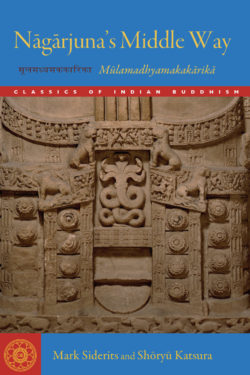Shōryū Katsura

Professor Shōryū Katsura, Professor Emeritus of Hiroshima and Ryukoku Universities, studied
Buddhist Philosophy at Kyoto University where he received his B.A. and M.A. He then entered the Ph.D. program of the University of Toronto and obtained Ph.D. Later he was granted the degree of D.Litt. by Kyoto University by his study of the concept of pervasion (vyāpti) in Indian philosophy. He has edited Dharmakirti’s Thought and Its Impact on Indian and Tibetan Philosophy (Wien: Austrian Academy of Sciences, 1999) and The Role of the Example (dṛṣṭānta) in Classical Indian Logic (Co-edited with Ernst Steinkellner, Wien: WSTB 2004), and published Nāgārjuna’s Middle Way (with Mark Siderits, Boston: Wisdom 2013), Indian Logic (Indojin no Ronrigaku) (Kyoto:
Hōzōkan, 2021), the complete Japanese translation of the Gaṇḍavyūha-sūtra (with
Yūichi Kajiyama and others, Tokyo: Iwanami Shoten, 2021), and many books and
articles on various aspects of Indian and Buddhist philosophy. He is the recipient of
Japanese Association of Indian and Buddhist Studies Award (1977) and Nakamura
Hajime Eastern Academic Award (2010).
Books, Courses & Podcasts
Nāgārjuna’s Middle Way
Winner of the 2014 Khyentse Foundation Translation Prize.
Nāgārjuna’s renowned twenty-seven-chapter Fundamental Verses on the Middle Way (Mūlamadhyamakakārikā) is the foundational text of the Madhyamaka school of Mahayana Buddhist philosophy. It is the definitive, touchstone presentation of the doctrine of emptiness. Professors Siderits and Katsura prepared this translation using the four surviving Indian commentaries in an attempt to reconstruct an interpretation of its enigmatic verses that adheres as closely as possible to that of its earliest proponents. Each verse is accompanied by concise, lively exposition by the authors conveying the explanations of the Indian commentators. The result is a translation that balances the demands for fidelity and accessibility.
- Learn more about the Classics of Indian Buddhism series.

